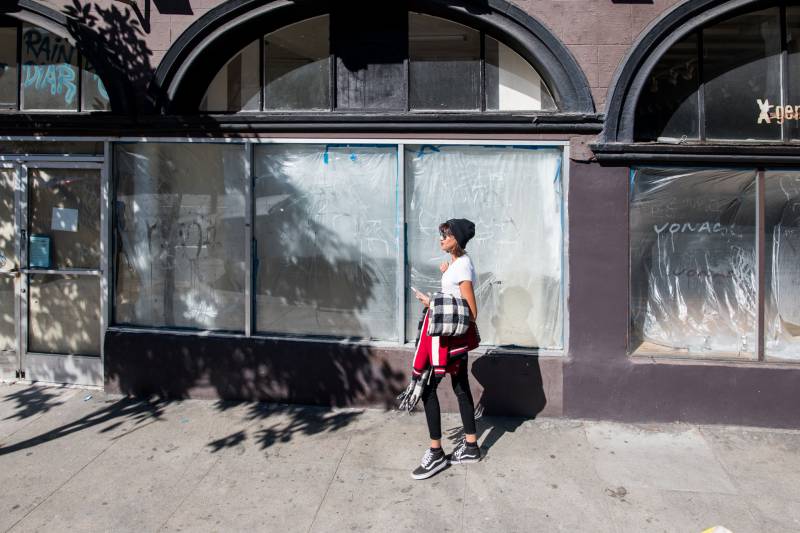Updated Friday, 4:30 p.m.
Proposition D, known as the vacancy tax, has been one of San Francisco’s most contentious battles this election season. Empty storefronts pepper neighborhoods all over the city, and complaints have mounted over the years.
As of Friday afternoon, the measure appeared likely to pass, with about 69% support, inching past the necessary two-thirds majority threshold. But with many vote by mail ballots still being counted, the contest remained too close to call.
For up to date vote counts see KQED’s election result page. County election officials will officially announce whether the measure passed a month after the election.
The measure, championed by District 3 Supervisor Aaron Peskin, would tax property owners in the city’s roughly 40 commercial districts for keeping a storefront vacant for more than 182 days in year. The tax starts at $250 per street-facing linear foot of ground-floor retail space for the first year. That number would double to $500 the second year and again to $1,000 every year thereafter.

